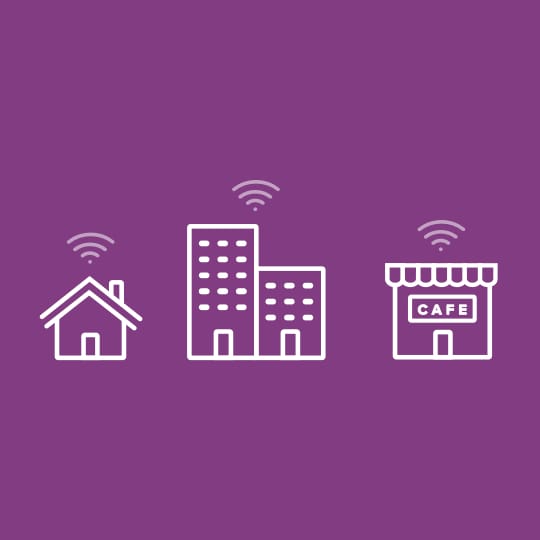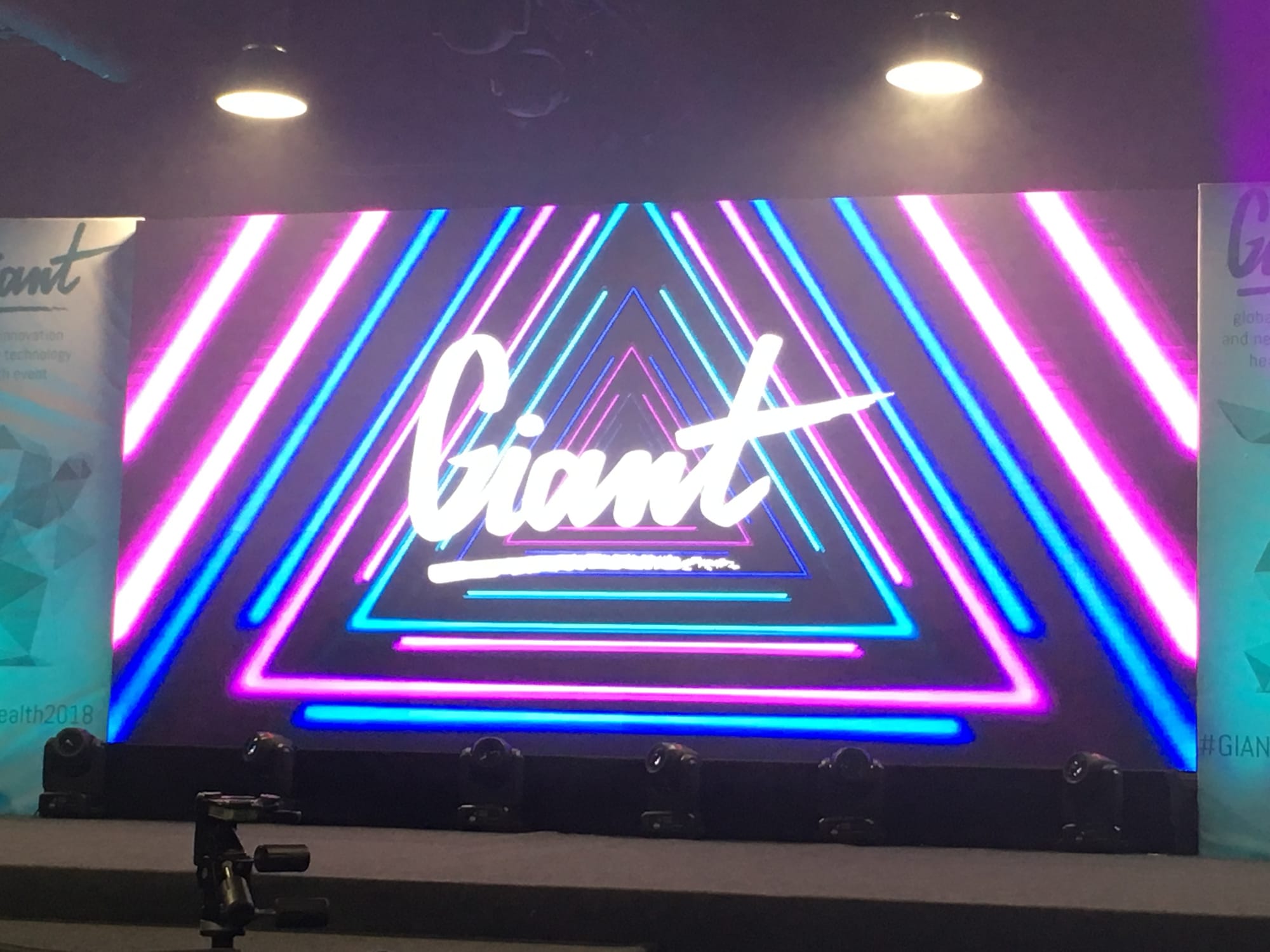· · Laura Paplauskaite · 5 min read
How we run client projects and build teams remotely – pre and during COVID-19

With the latest developments of Covid-19 across the world, remote working has become a new normal rather than a cultural choice for organisations.
We’re all making ongoing decisions within our organisations about how to protect and support our staff, help our own communities and families, and also continue to run our businesses. For example, we closed our London office premises in mid-March and asked all our London-based employees to work remotely full-time. In fact, we have already been encouraging staff to work remotely for a few weeks before that to minimise the risk to themselves and others.
Bit Zesty is a remote-first agency with well-established remote working practices, and all our team members worked from home for at least part of the time and some all the time, so increased remote-working won’t drastically change how we work.
We wanted to share some of our ways of working that may help you if you’re not used to working in such a way. Our clients include large government departments as well as lean start-ups, so remote working can be very successful for working alongside organisations of all sizes – providing you adjust and adapt the way you work.
Remote working enables efficient communication
One of the biggest advantages of working remotely is time efficiency. Remote meetings can be set up quickly and easily, with less time commitment from everyone involved, so projects are leaner. That may sound trivial, but most of our clients are time-poor. Clients also often struggle to find sufficient meeting-room space. Being flexible and remote means we can fit nicely around other clients’ other time pressures and commitments, removing a layer of worry, organisation and logistics.
Some of our projects involve stakeholders across numerous client offices, making it tricky to get everyone together in the same room without taking a lot of time out of everyone’s day. So, remote meetings are ideal. Even when clients are within walking distance of us, many still prefer remote meetings as they take less physical space as well as less space in the day. And, of course, time efficiency means cost efficiency, too.
Global distribution across time-zones
We have some of our people working in different countries and across different time zones, allowing us greater flexibility, especially when supporting projects. While most of our staff are UK based and the rest are aligned to UK-working hours, we can easily cover different time zones, if needed.
Here are some comments from our team members on how they use remote working on a day-to-day basis:
Anita Mander, Project Manager at Bit Zesty, on providing better service for our clients:
“Remote working enables client projects to progress more swiftly as it allows more flexibility over work schedules and availability when arranging meetings and communication. The collaboration between teams is better, too, as communication is more frequent.
“As we have team members all over the world, we can cover more hours of the day, which is helpful when dealing with support requests or tight deadlines. All of this means we can work more efficiently and that has a positive impact on the quality of our work.
“We use digital tools to make communication with our clients easier and more seamless, for example, we use Google hangouts or Zoom for video calls, Slack for instant messaging and Trello for task-based communications. All these tools help us to feel more connected at all times.”
Heide Postges, Service Designer at Bit Zesty, on conducting user research from behind a screen:
“While you’d assume that best-practice user research would need to happen face-to-face, we conduct effective user research remotely, and, in some circumstances, we achieve better results when doing so.
“Conducting research remotely enables us to include participants from all over the country without having to worry about travel time, booking meeting rooms and costs. Participants are then usually in their own familiar space (often at home), in which they feel comfortable and therefore are likely to behave more naturally during the research session.
“The tools and technology are widely available to conduct research effectively remotely, too. I use video calls in Google Hangouts or Zoom to carry out interviews and usability testing sessions.
“Being able to see each other makes conducting user research a more personal experience for the user and me. However, just like an in-person session, it’s essential to allow time at the beginning of the session to build rapport and trust before diving into the research.
“For usability testing, I send the participant a link to access the prototype to be tested and then ask the person to open the link and share the screen. This way, I can observe the participant completing tasks and listen to their thought processes, guiding them, just as I would in an in-person session.
“With permission, I can also record the participant’s video, voice and screen. Having a recording allows us to look back when analysing research data and enables our other team members and clients to watch them as well. This feels more natural and less intrusive in an online session than it would in an in-person session, where the recording devices can feel more intimidating to the participant.”
Smitha Chakravarthula, Head of Delivery at Bit Zesty, on how to foster team spirit remotely:
“Remote working with your team requires the same principles for building rapport in the office: be nice, warm and kind. Say ‘hello’ to everyone when you log in, let people know when you are heading off on a break and make an extra effort to ask your team members how they’re doing and if they need anything.
“Come up with some fun rituals or traditions for your team. It could be something as simple as exchanging stories about the weekend each Monday, sharing the view from your window or your pet. Supplement that with longer remote team events – every month, we spend half a day on the fun stuff – digital charades, quizzes or computer games are always a hit. Having a consistent reason and space to engage about non-work-related things really does help the teams to bond more quickly.
“A normal day in the office would be filled with small breaks for tea-making and a quick chat. Anticipate fostering the same opportunities for banter by creating a safe space for your team to engage in fun chatter. Instant messaging tools like Slack are great for this. We have a “watercooler” channel for that.
“Remember that some of your team will struggle more than others to adapt to new technologies and ways of working. Perhaps assign them a buddy to anyone you think needs a bit more support and remember to check in with them more regularly. Now is the time to communicate more, use our compassion to support one another and adapt swiftly to our changing work landscape.”
To sum up
Just because we’re working remotely from each other doesn’t mean losing our human connection with teammates and clients. If used effectively, alongside increased and proactive communication, technology offers potentially greater services for clients and better work experiences for us all.
Do you need help with your application?
At Bit Zesty, we specialise in building and maintaining bespoke software and integrating AI into existing applications.
Looking to build an application, but unsure of the price? Keen to discuss our experience, processes and availability?


